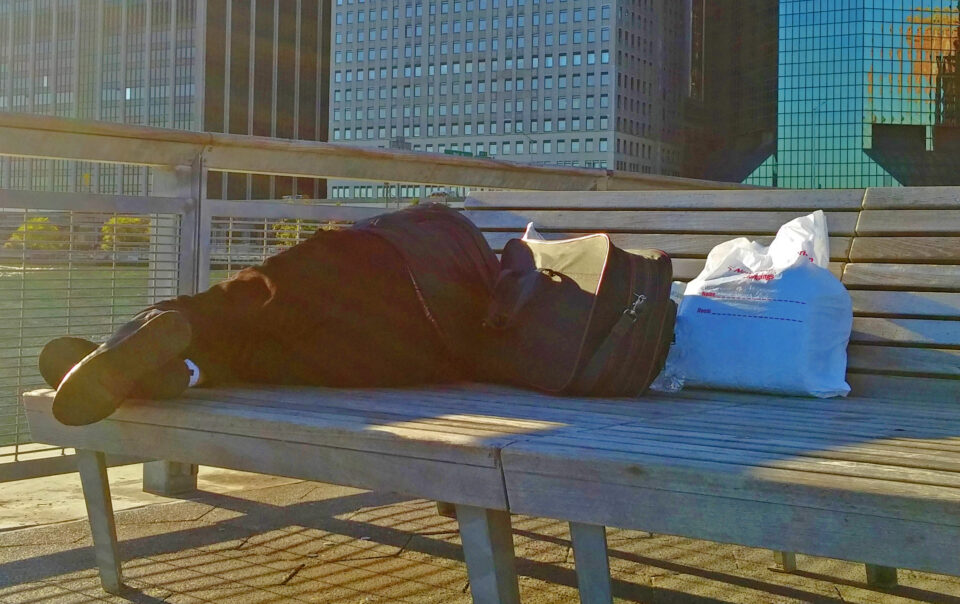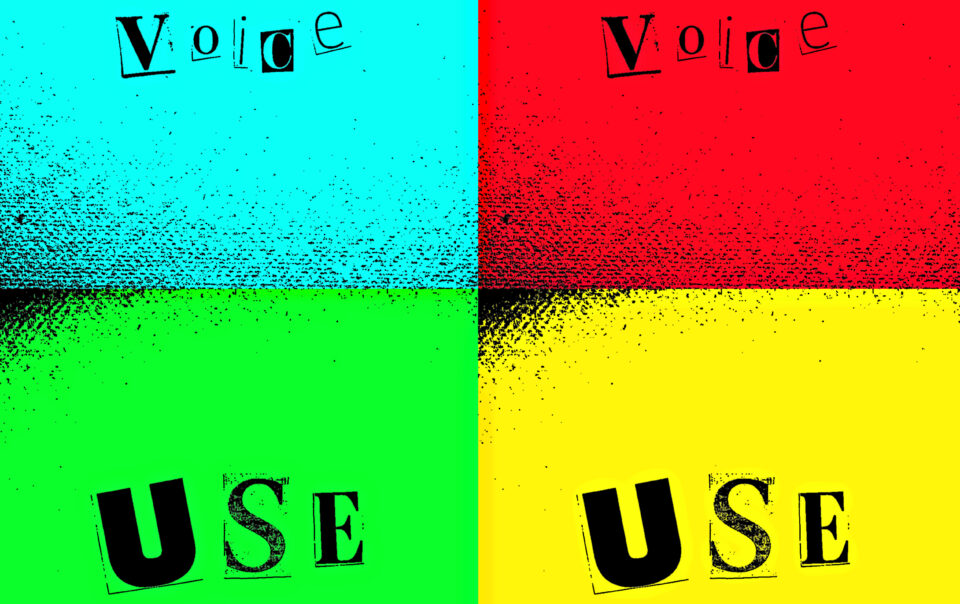One of capitalism’s weaknesses, particularly when exacerbated by racism, is that few benefit at the expense of the many. This blog contains six questions grassroots and social change organizers can ask themselves.
Philanthropy
Before leaders can support others, they must first be able to regulate their own anxiety. This blog contains a chart for assessing how calm vs. anxiety impacts groups.
Two of the reasons calm thinking and functioning are so powerful in movement work are:
1. Safety and trust increase as stress and anxiety decrease.
2. Discretionary, tacit, and residual energy grow in calm environments, unleashing new ideas, creativity, innovation, and breakthroughs among peers, supporters, volunteers, and partners.
When you do not have equitable access to resources, opportunities, your health and life are at risk, and change is necessary. Patience and incremental changes are not solutions for addressing BIPOC and LGBTQ people’s lived realities. Change is welcomed when you have a say and control over resources and how they are disseminated. Real change is impossible when those impacted most severely lack decision rights and influence.
Leading change is difficult. These rules are for anyone interested in sustainable equity-focused social change. This blog contains things to be aware of and look out for along the journey.






